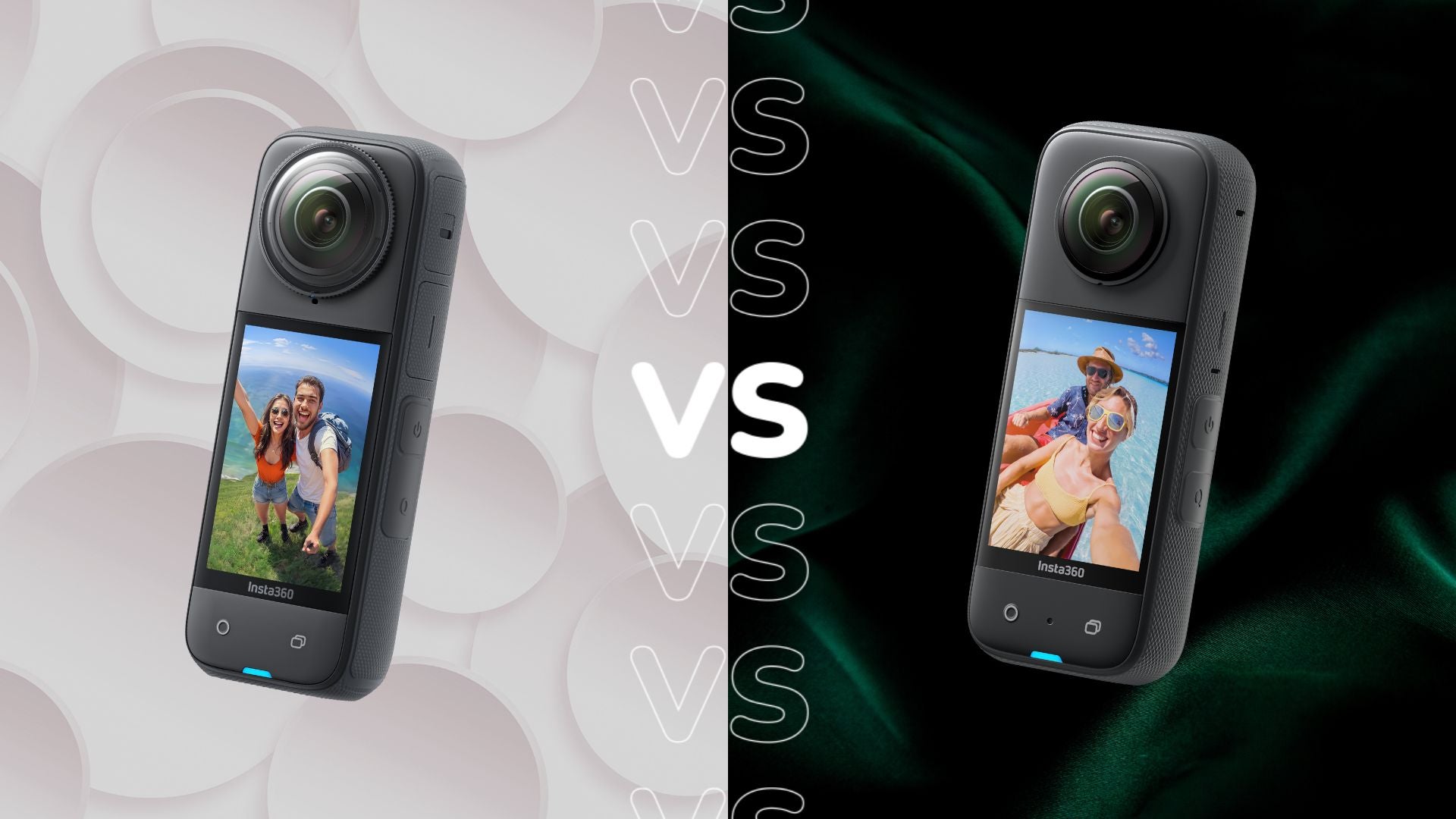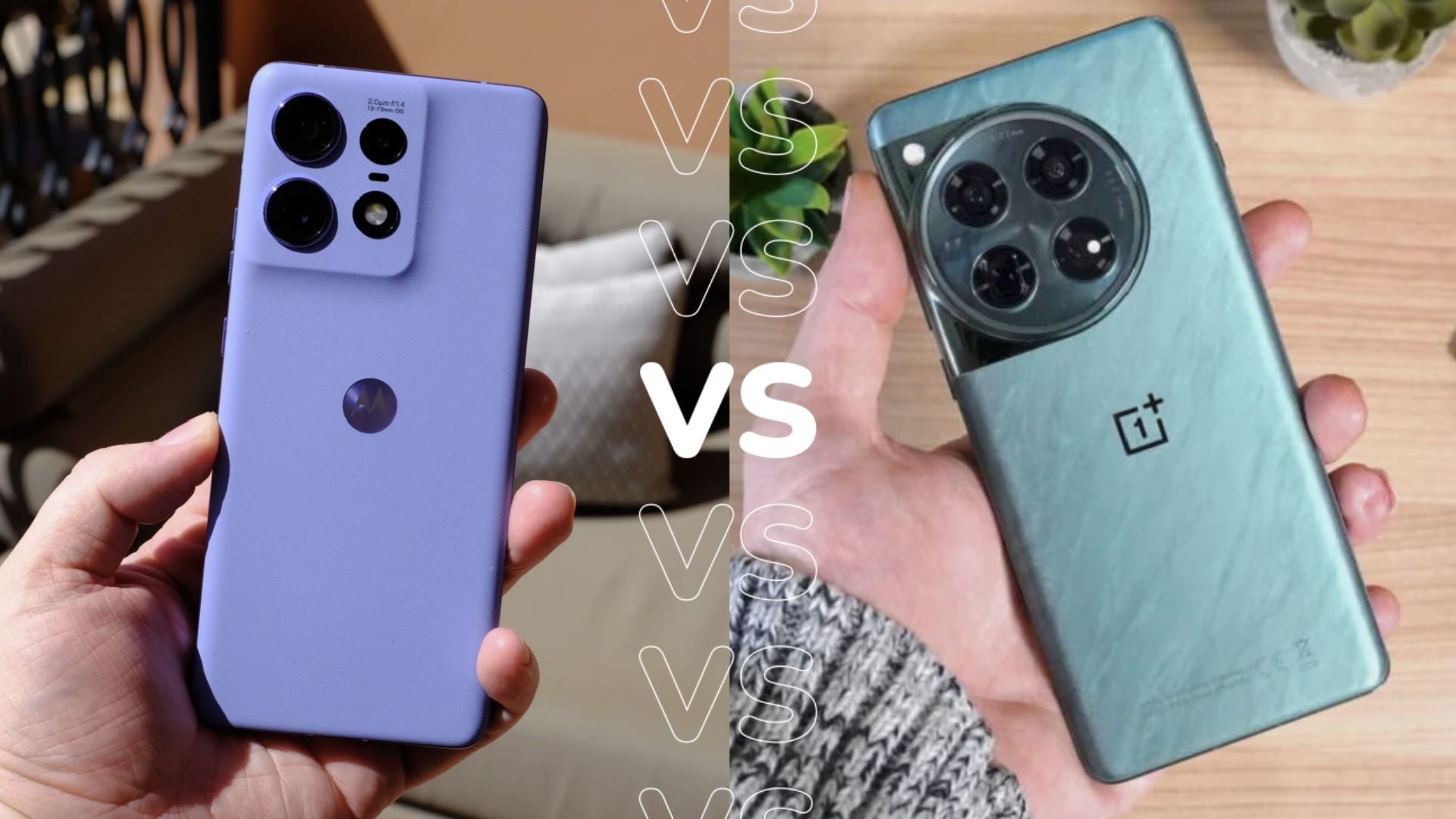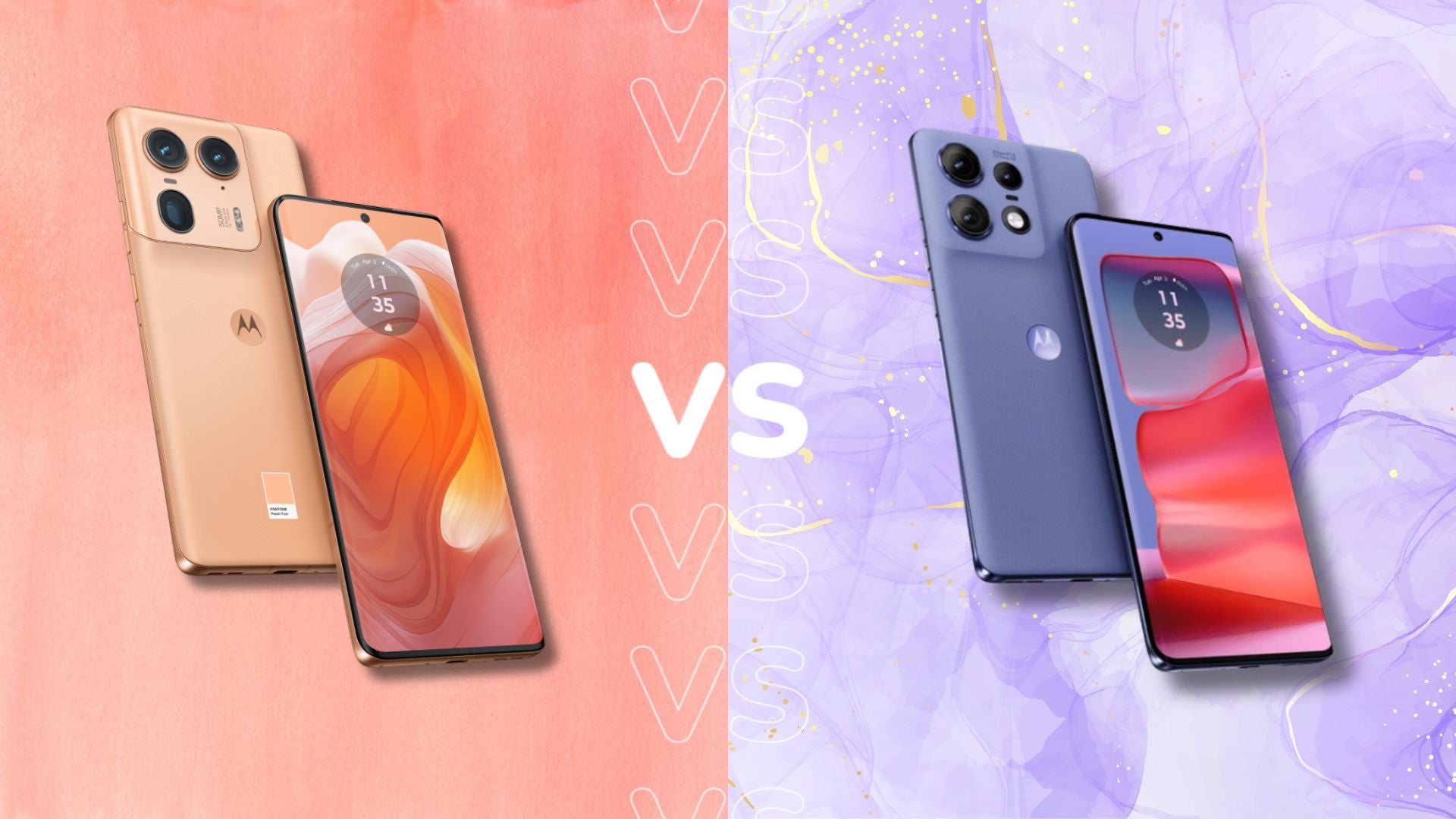Sky Stream vs Sky Q: Which should you get?
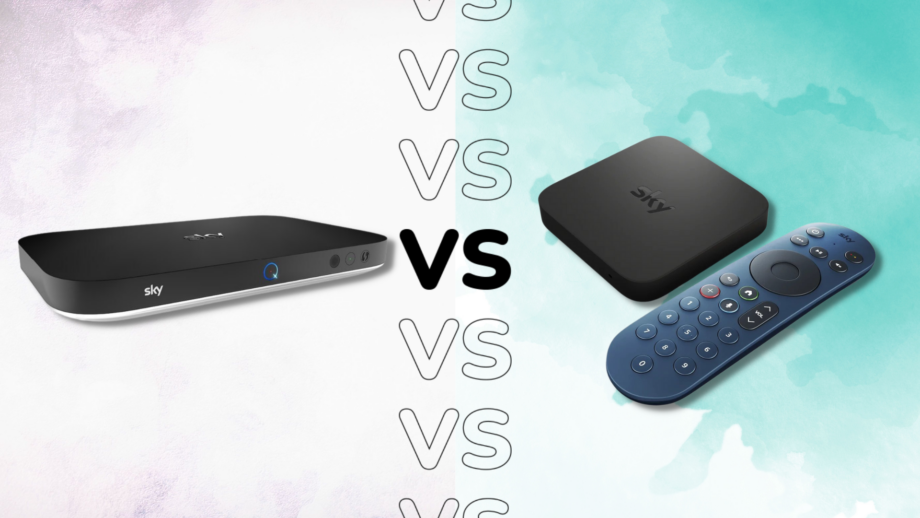
Sky doesn’t often release hardware, but when it does, we’ve found it’s usually pretty good. The Stream puck and Q set-top box fulfil similar requirements but do so in slightly different ways, their differences are wide enough that they’ll appeal to different audience.
Unlike the Glass TV which does picture, sound and content without needing extra sources, the Stream and Q box are for those who already have a TV and need a source to feed it picture and sound.
If you’re looking to get into the Sky ecosystem and are thinking of the best way to do so, we’ll help guide you as to what’s the better option. Sky Stream or Sky Q?
Price
Since we first wrote this article, Sky Q with the Sky TV and Netflix add-on package has gone up from £26/month to £31/month on an 18-month contract.
Sky Stream, on the other hand, currently has a deal that makes slightly cheaper than it was before. An 18-month is £23/month compared to the £27/month contract that was available at the beginning of 2023.
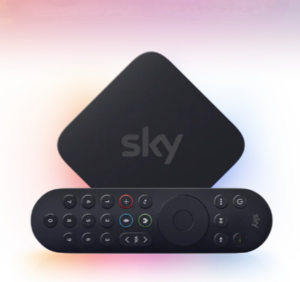
The Sky Stream is now available from £19 per month at Sky
Another difference is that Sky Stream offers the the option of a 31-day rolling contract at £26/month that can be cancelled at any time. Sky Q doesn’t offer that option.

Get Sky Q from £26 a month at Sky
- Sky
- £26 a month
Installation
Sky Q requires a satellite dish to be installed by a professional, so you will need to have one installed one to get the Q service if you don’t already have a dish. Sky has made a few changes so if your satellite connection goes down for any reason, you can rely on broadband to watch TV.
Sky Stream requires no satellite installation as it runs off the internet. All you need to do is plug it into the power and connect to the internet through its Ethernet connection or Wi-Fi. If your internet goes down there is a backup in the form of a terrestrial antenna.
Of the two, Sky Stream is easier to set up. Given the way entertainment services are going, you may find that Stream is less of a hassle than relying on a satellite service.
Design
Sky Q is the bigger device of the two, though its smooth curves and simple front design give it an elegantly minimal appearance. The Stream puck is similarly simplistic in its design but takes on a much smaller footprint. The Q is best served placed within an AV cabinet, while the Stream can be positioned next to a TV without drawing attention.
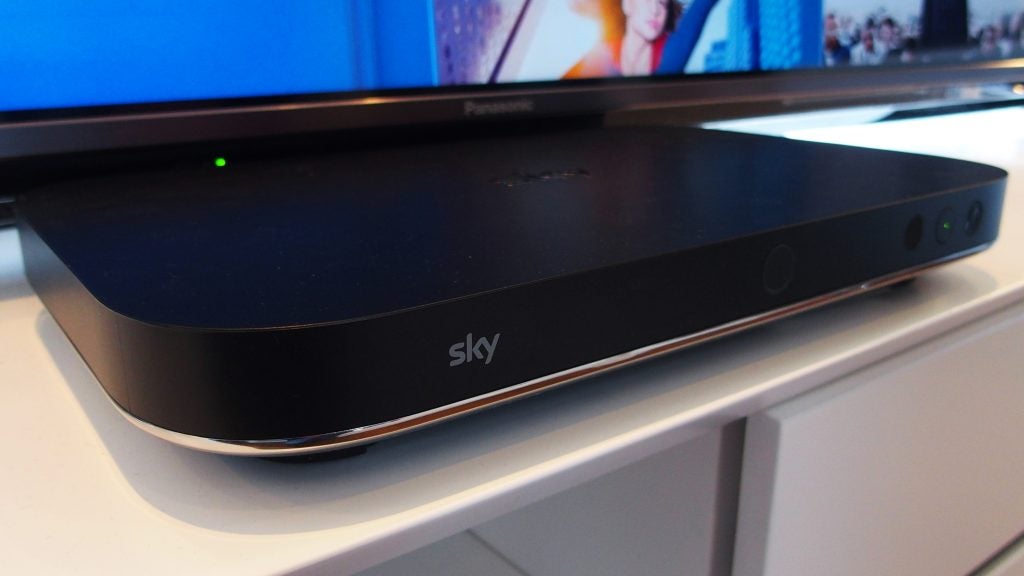
In terms of connections, the Q has an HDMI port, satellite, USB, optical and Ethernet LAN. The Stream puck works over the internet so there’s no satellite, optical or USB option provided, but there is an aerial port in case the internet goes down so you can watch terrestrial content via more traditional means.
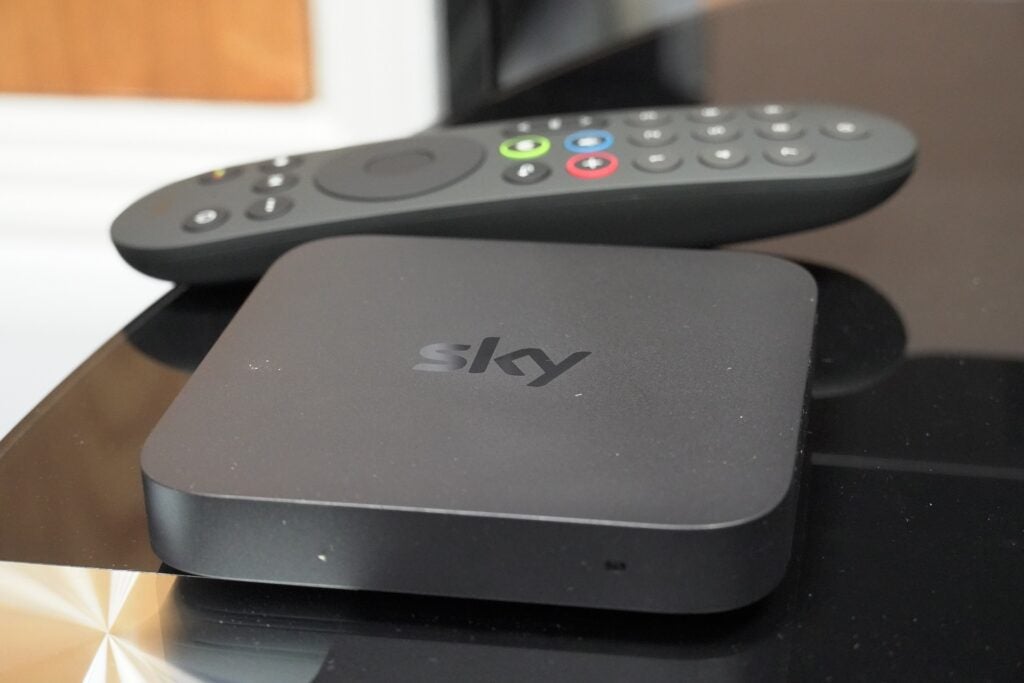
It really depends on what you’re looking for here. The Q set-top box has more connections, and you can plug a sound system straight into it (as long as it’s through the optical port)
It’s also more discreet and better suited to those who don’t have space for a ‘bigger’ box next to their TV. In this respect, the Stream is the more convenient of the two.
Channels and content
Access to channels and content depends on your subscription, but in general, Sky Q and Stream present a similar array of content.
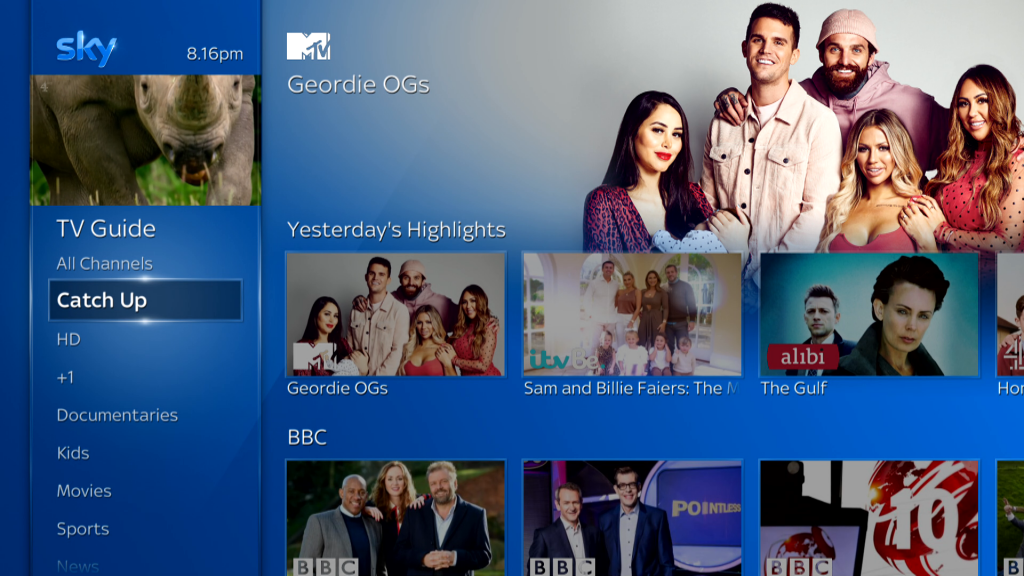
Sky Q has a greater number of TV channels, partly because it also includes standard definition channels. Q also has the likes of BoxNation, FreeSports, Al Jazeera and a few dozen international channels which aren’t on Stream. You can find out which channels Sky Stream is missing on this page.
Sky Stream (and Sky Glass) stream in HD and above, so the number of channels you have access to in the EPG (electronic programme guide) is fewer, but that also means not having to wade through redundant channels in a lower resolution.
The difference between Q and Stream is how content is delivered. With Sky Q, content is sent over a satellite connection, while Stream is fundamentally an internet streamer. Both have all the free-to-air channels and access to premium Sky channels, as well as VOD apps in form of Netflix, Amazon Prime Video, Disney+, Apple TV+, Lionsgate+ and more. With certain Sky subscriptions, content from Peacock and Paramount+ are included as standard.
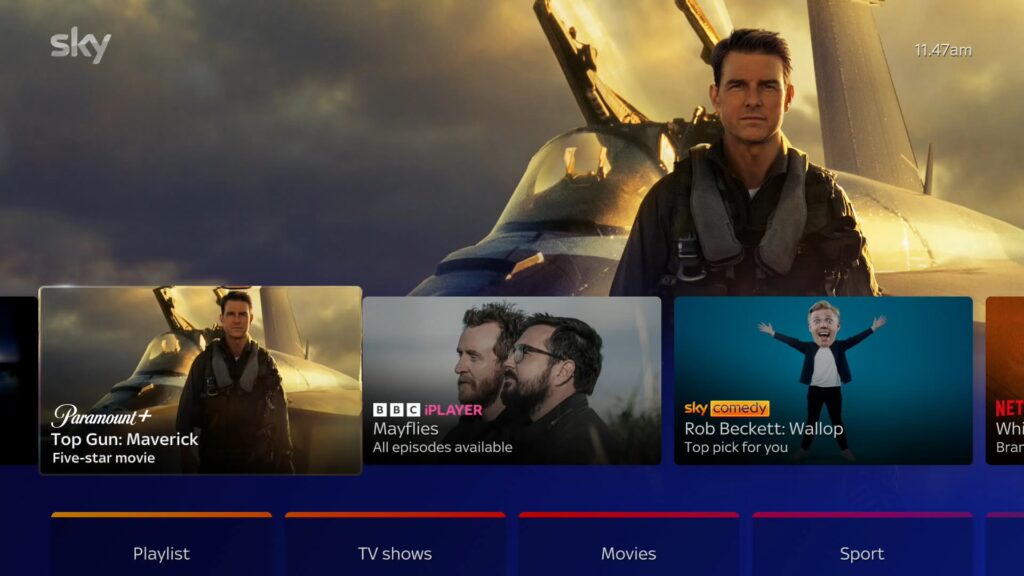
If you’re not interested in receiving content over satellite, or indeed a satellite dish can’t be installed in your area, then Sky Stream is the better choice if you have access to the internet.
But note that 4K streams will take up more internet bandwidth, as will adding more pucks. If you intend to watch in 4K HDR you’ll need a reasonably high download speed and some headroom on top of that to accommodate more pucks.
Recording
Sky Q carries 12 tuners to record content with 1TB and 2TB storage options available. Sky Stream takes a different approach to ‘recording’ content. With its Playlist feature, content is ‘saved’ (a better word would be bookmarked) because all content is streamed (therefore there are no means to download content). Content is stored in the cloud, accessible for when you want to watch it, but this approach has its disadvantages.
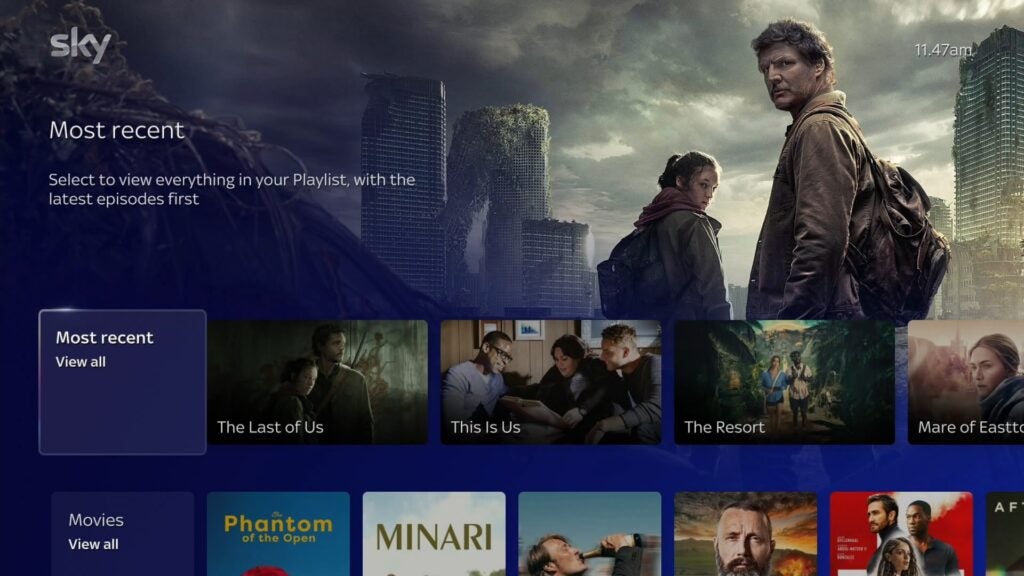
The main disadvantage is that content subject to rights agreements will disappear from your Playlist once the agreement expires. Sports shows or events like Match of the Day and the NFL Super Bowl are subject to these types of agreements, so once it expires you won’t be able to watch them again on Sky Stream.
On Sky Q the benefit is that a recording never expires unless you delete it from storage, so you can watch content repeatedly for as long as you want.
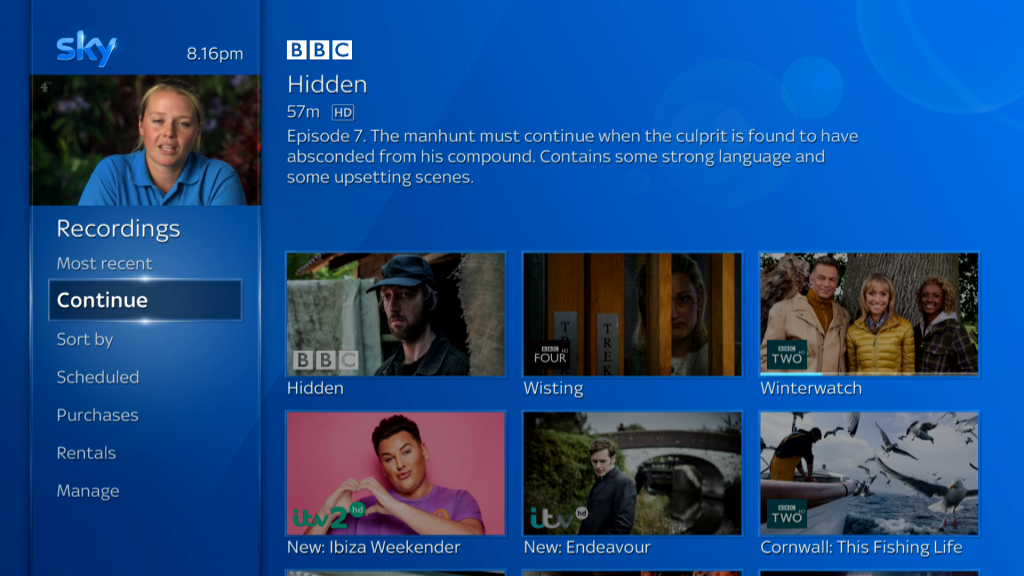
So, if you prefer to keep hold of content, Sky Q does that. If the lack of recording ability makes no difference to your enjoyment, then Sky Stream fits your needs better.
Multiroom
When it comes to multiroom, each device tackles it in a different manner. If you want to add access to other screens in the home with Sky Q, that can be done with Sky Mini boxes. These connect directly to the main box and stream live channels from the satellite connection. Recordings can be downloaded over your home network, and the only time the Mini boxes will need to connect to the internet is to stream from the likes of Prime Video or Disney+.
With the Stream, Sky offers the Whole Home package. This allows for watching Sky in different rooms, and you can have up to six Stream pucks streaming simultaneously. As each one connects to the internet, they eat up bandwidth (10Mb/s for HD, 25Mb/s for 4K). A speedy internet connection and high download speeds is recommended if you go down the multiroom path with Sky Stream.
Verdict
Both Sky Q and Sky Stream have their positives and negatives, and each device carves out its own path in how it operates.
Boiled in its simplest terms, Sky Q is for those who have (or can get) a satellite connection and are interested in keeping their recordings. Sky Stream operates over the internet and has no facility for storing recordings unless it’s in the cloud.
Otherwise, they’re a fairly even match on the content side, with Sky Q offering more channels but all the major ones are covered by both devices. Stream is often cheaper, and there’s the option of choosing a rolling contract that can be cancelled at any time.
Of the two, Sky Stream is the more accessible whether its the design, payment options, installation and approach to streaming content. But Sky Q can do much of what Stream does and throws in recording too, as well as being less reliant on using up bandwidth and high download speeds as Stream is, especially if you go down the multiroom path.


